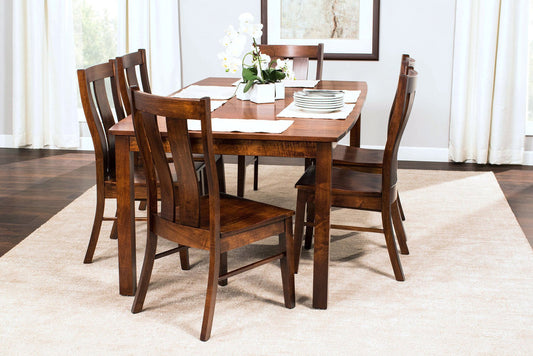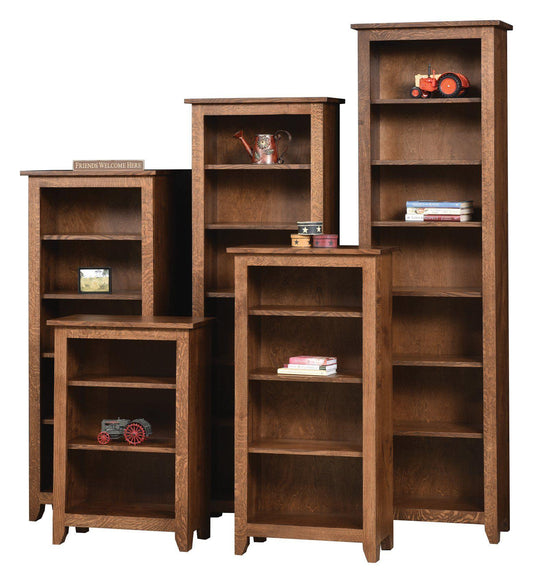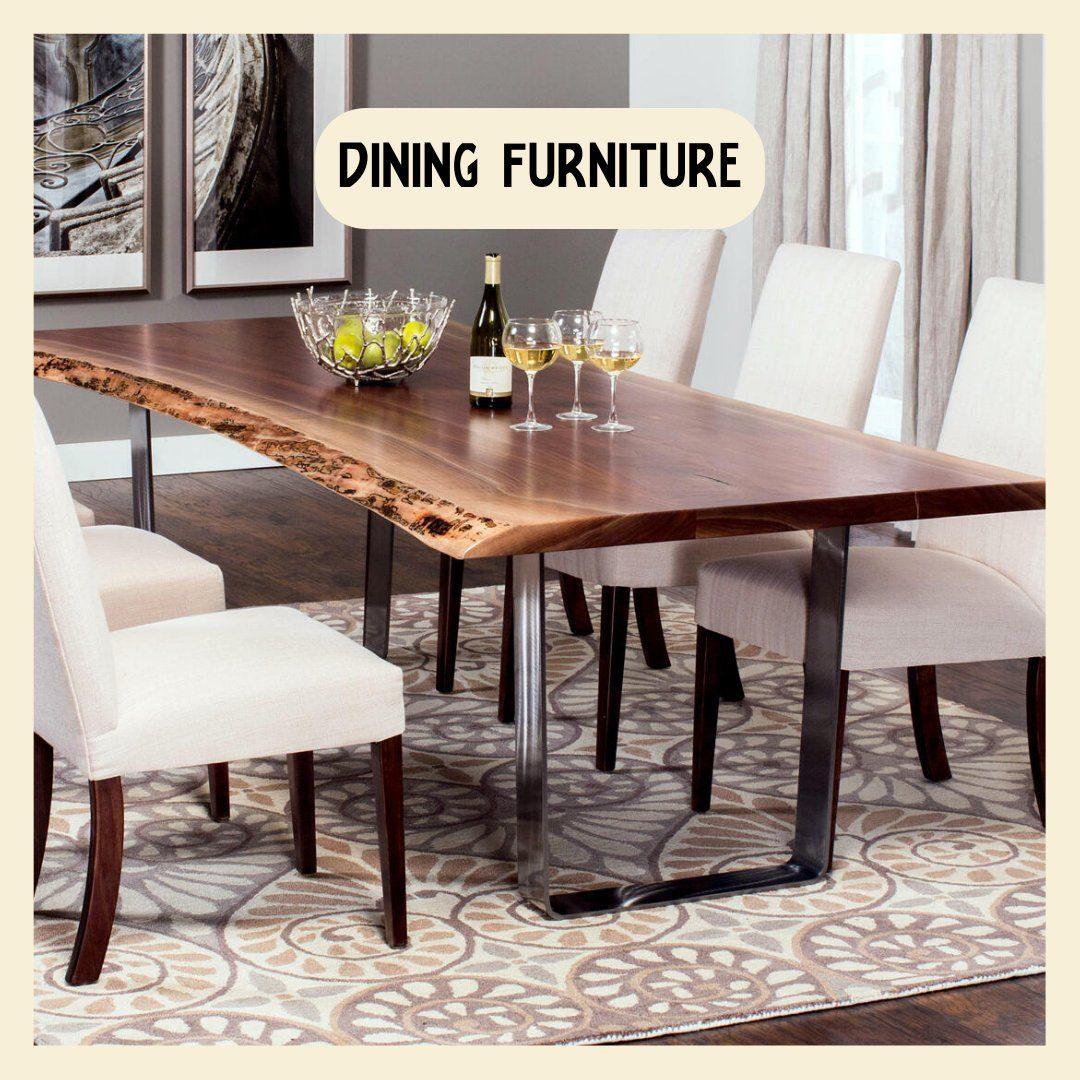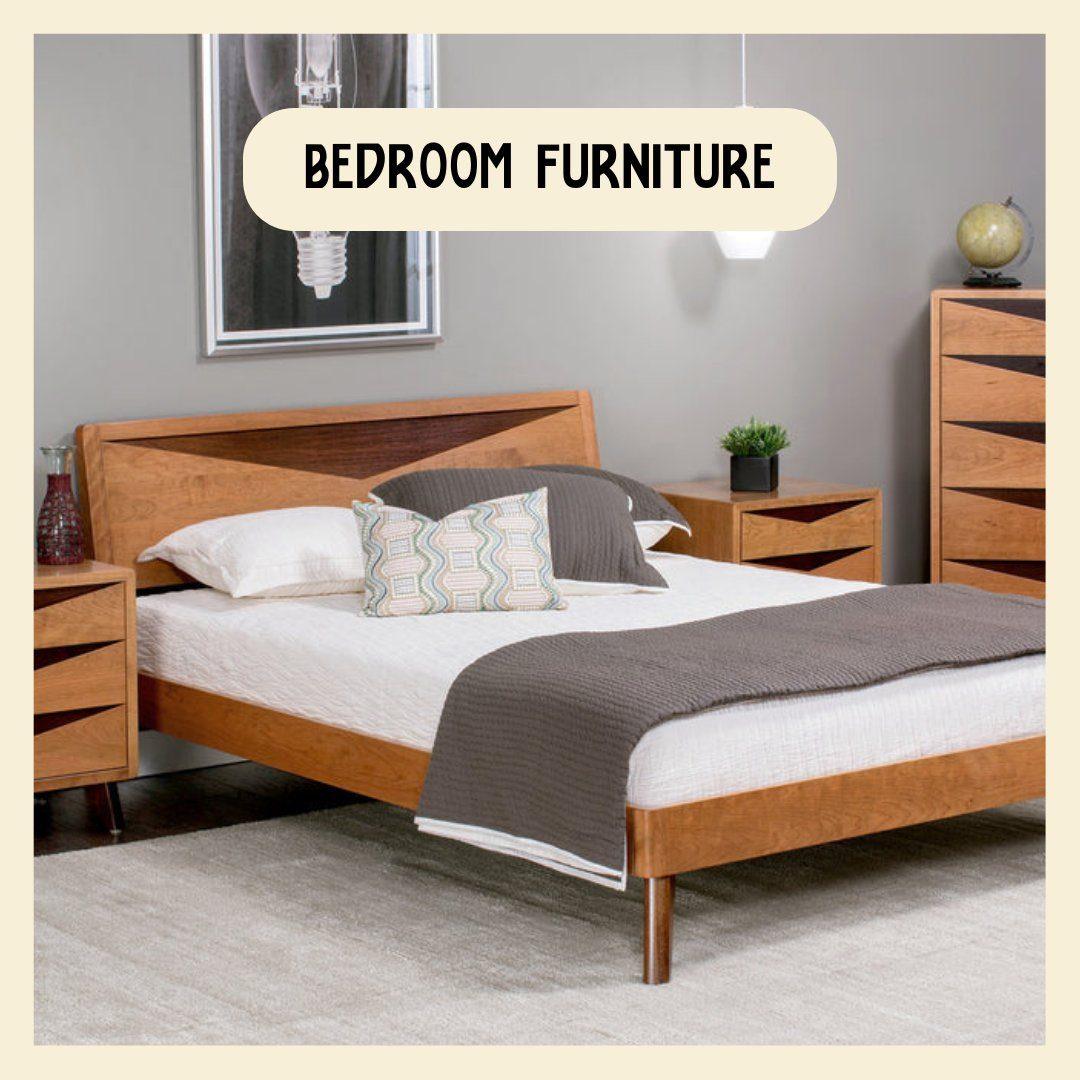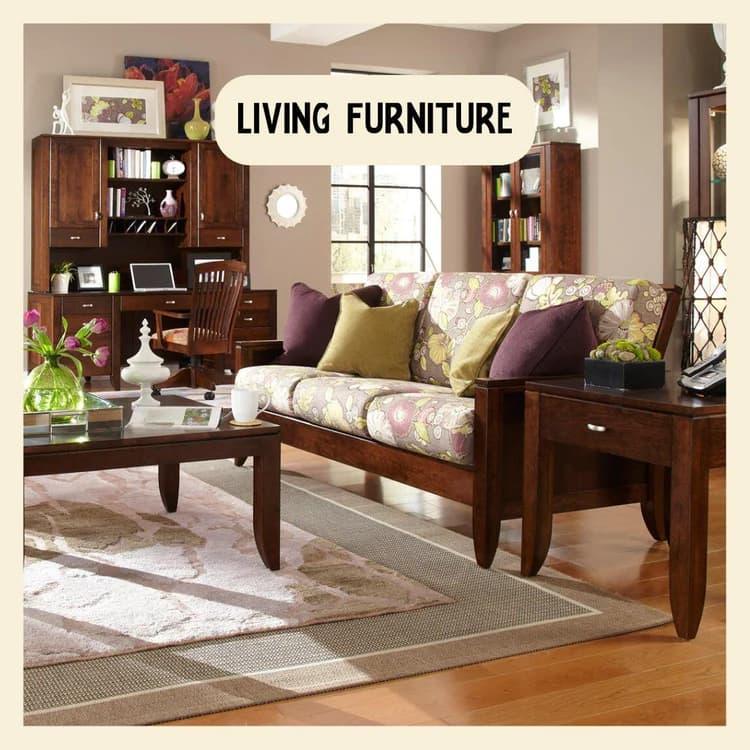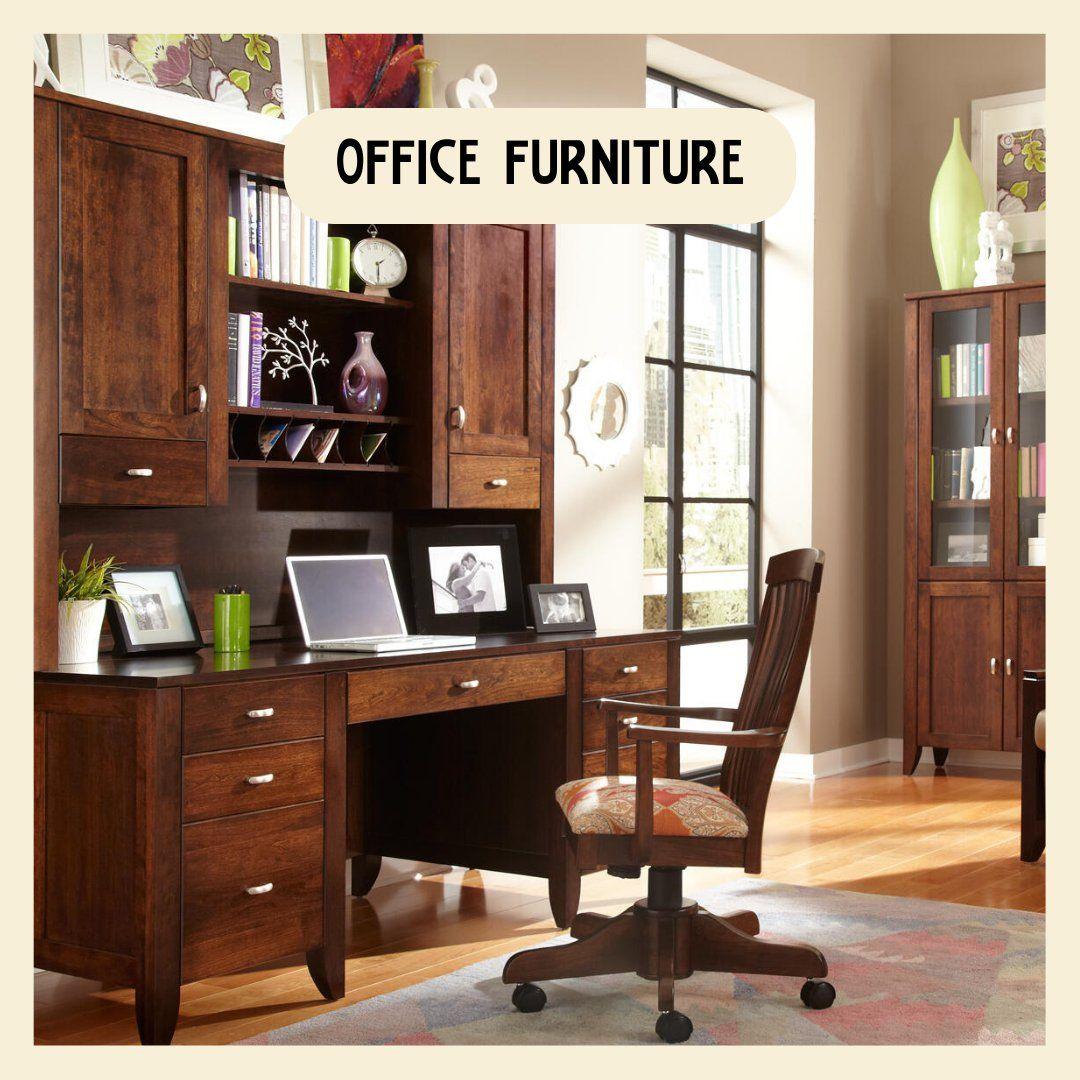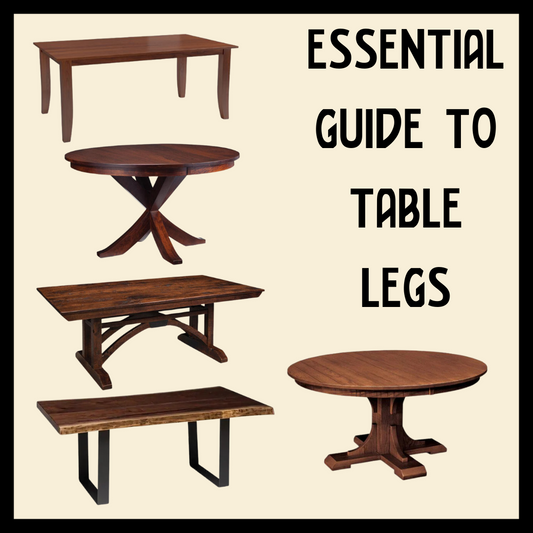Which Wood is the Right Choice for Your Furniture?
Trying to determine which type of wood is going to be right for you when deciding on furniture and other accents for your home can seem like a daunting task. Modern Bungalow offers an incredible range of furniture from every type of wood so that you can be sure that whatever your preference, you'll find what you're looking for. If you've followed some of our previous posts on cherry, oak, maple, and walnut, you may have a better idea of the kind of wood you want to use.
In this post, however, we'll go over the pros and cons of the most popular types of commercial woods all in one place and help you to decide once and for all which wood is right for you!
Before we get into specific woods, its important to lay out a few definitions that will aid in your understanding of the different kinds of wood we'll be looking at.
Hardwood vs Softwood

One of the most basic distinctions to be made is the difference between hardwoods and softwoods. As you can see from the graphic below, hardwoods are made from deciduous trees which grow at a slower pace and result in a denser, generally more durable, wood. Softwoods are those made from fast-growing coniferous trees which results in lighter, generally more workable woods.
This dynamic is not always consistent, with some hardwoods being softer and less durable than some softwoods. All of the woods that we will discuss in this post are hardwoods.
Heartwood vs Sapwood
Heartwood and sapwood refer to the two different areas of the tree from which wood is sourced. The sapwood represents the outermost, living layer of wood on a tree while the heartwood refers to the inner part of the tree where the cells have died and chemical compounds from other parts of the tree begin to accumulate. These compounds - which include resin, phenols, and other extractives - build up in the heartwood and are responsible for the generally darker hues of this part of the tree (along with increasing resistance to insects and decay).
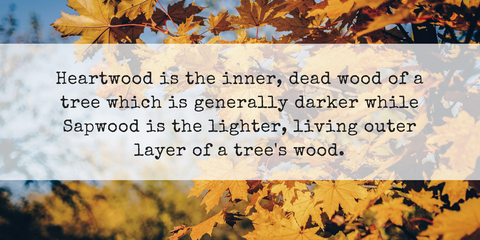
The Woods
Cherry Wood
As we discussed in our feature on cherry wood, one of its defining characteristics is its beautiful coloring. This coloring can often start out a much lighter, paler shade and, with exposure to natural light, gradually deepen and darken into that recognizable gorgeous cherry coloring many are familiar with.

Cherry wood is regarded for its balance between workability and strength. Its ability to hold up over time while still accommodating cutting, gluing, and screws has made it a favorite of many American craftsman. Cherry wood is also known to be highly receptive to staining - its natural qualities accent well and accentuate the natural texture of the wood.
As far as price, due to its popularity among quality craftsman and its ability to truly come into its own over time with exposure to light you will find cherry wood products to be on the higher end of most commercially used woods. If you're looking for a piece that will last and will gradually develop character as its colors deepen over time, cherry wood is definitely the choice for you.

Oak Wood
 Oak wood is one of the most popular of all woods for use in quality craftsman furniture and designs, as we discussed in our primer on oak wood. Its exceptional durability - including fungal and insect resistant properties, reputation for being one of the longest lasting woods, and its natural variations in grains have all contributed to its popularity and its presence in millions of American homes.
Oak wood is one of the most popular of all woods for use in quality craftsman furniture and designs, as we discussed in our primer on oak wood. Its exceptional durability - including fungal and insect resistant properties, reputation for being one of the longest lasting woods, and its natural variations in grains have all contributed to its popularity and its presence in millions of American homes.
Oak wood is commonly applauded for its ability to resist wear and tear - a feature that makes it a great choice for anyone looking for a beautiful, quality piece that won't easily be damaged by kids, pets, or life in general.
If you're looking for something with some unique grain variations that will stand the test of time and require minimal upkeep, oak wood may be the right choice for you. But remember, all of those amazing properties add up to a more expensive wood.

Maple Wood
Maple wood is one of the most commonly used commercial woods in the United States. It's affordable, durable, and is receptive to staining which makes it a popular choice for those looking for the look of cherry or mahogany, for example, but without the costs associated with those more expensive woods.
As one of the hardest woods in commercial use, maple wood is often used for heavier items such as desks and dressers. These pieces tend to benefit from the durability of the wood as they go through their lifetime from place to place, inevitably meeting with some bumps and dings.
If you want a wood that will stand the test of time, will be receptive to any stain you please, and comes in at a much more affordable price relative to other fine woods, consider a maple wood piece for your collection or home.

Walnut Wood
From our primer on Walnut wood:
Walnut wood is one of the most popular woods commercially available for woodworking in the United States. Its durability along with its gorgeous coloring and grain patterns make the black walnut (the most widely used species of Walnut) a prized wood for quality craftsman.
Walnut is without a doubt one of those woods that elicits strong emotions from collectors and buyers. The variations in grains, textures, and shades cause many to prize this wood for the unique look that results from working with the walnut wood. Others, however, are loathe to invest in a piece which can sometimes show visible defects such as knots or odd grain patterns.

If you are the type to enjoy this wonderful amalgamation of different looks, walnut has much more to offer than a pretty face. Walnut is a hardwood which grows slowly over time, developing a tight, dense wood well known for its strength and durability. One advantage of Walnut is its natural resistance to decay for which it is highly rated. This resistance does not, however, extend to insect resistance, and proper care should be taken with any walnut piece to avoid infestation or deterioration from insects.

The unique grain patterns combined with the long maturation period of walnut trees - resulting in the durability and strength we mentioned - results in a quality wood that one should expect to pay a premium for. If you're a fan of the unique grains and the extraordinary durability and strength, walnut may be the right wood for you.
Something to think about...
When trying to decide which wood is right for you, it's tough to go wrong.
- Cherry wood strikes the balance between strength and workability while showing off some of the most recognizable and gorgeous shades of reddish browns.
- Oak wood is one of the most popular for good reason as it combines an easy to care for nature with beautiful and varied grain patters - not to mention its lasting durability.
- Maple wood is another popular wood which will stand the test of time while being receptive to staining, and it costs less than most other premium woods.
- Walnut is one of the most prized woods for quality craftsman for its unique grain patterns, colors, and textures on top of its incredible durability.
At Modern Bungalow we offer a great selection of quality craftsman furniture featuring each of the different types of woods we've discussed here. For most, the real decision comes down to appearance as all of our woods are made to last. Take a look through our offerings and decide for yourself which hue, tone, color, or grain stands out to you, and you'll have made the right choice!



